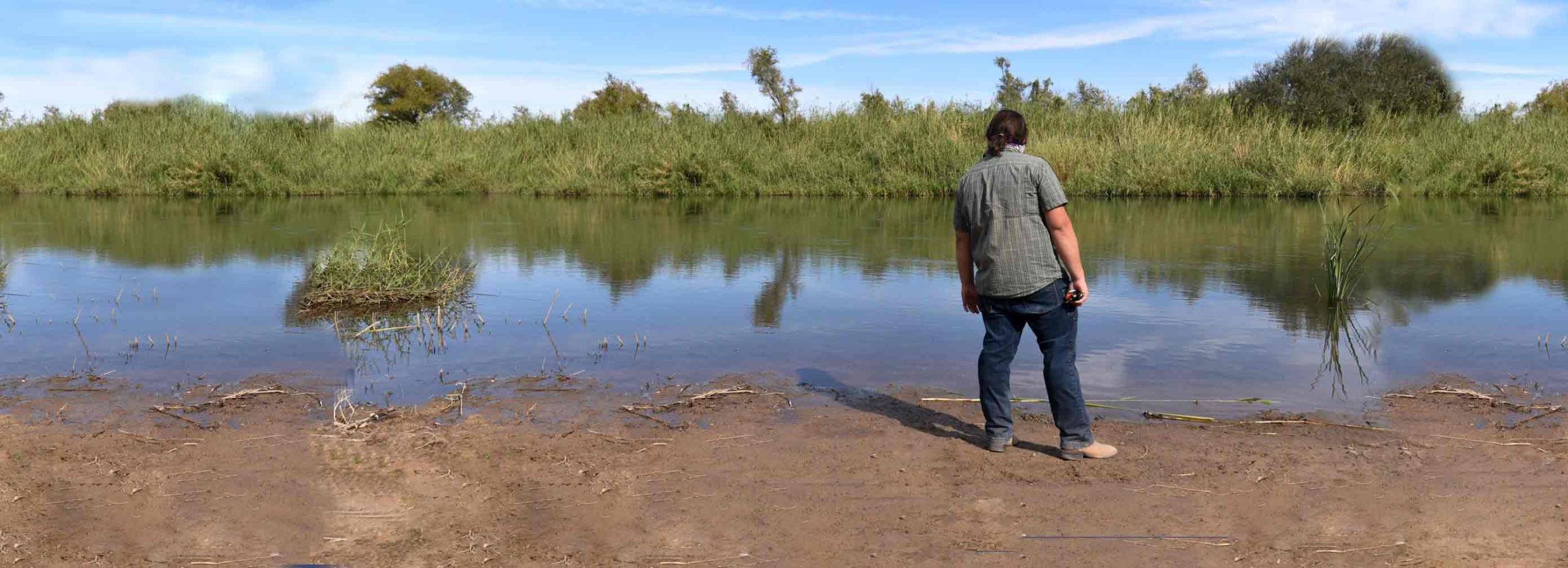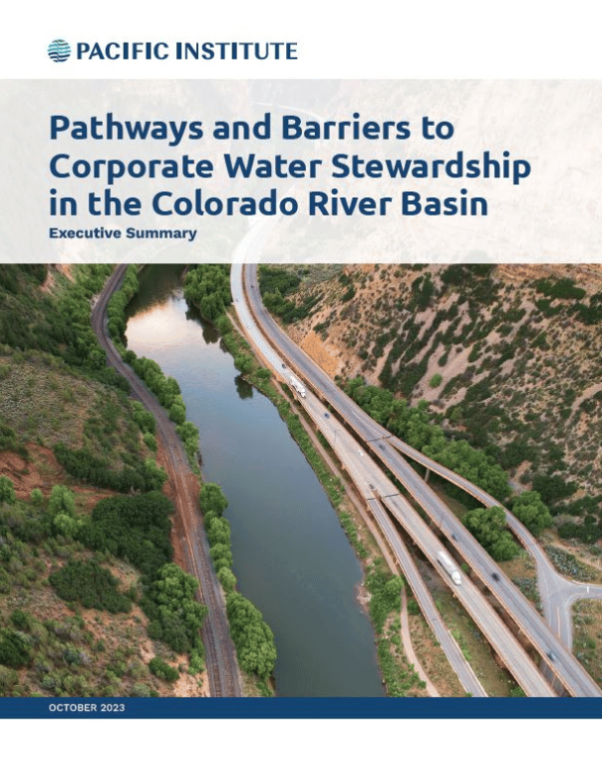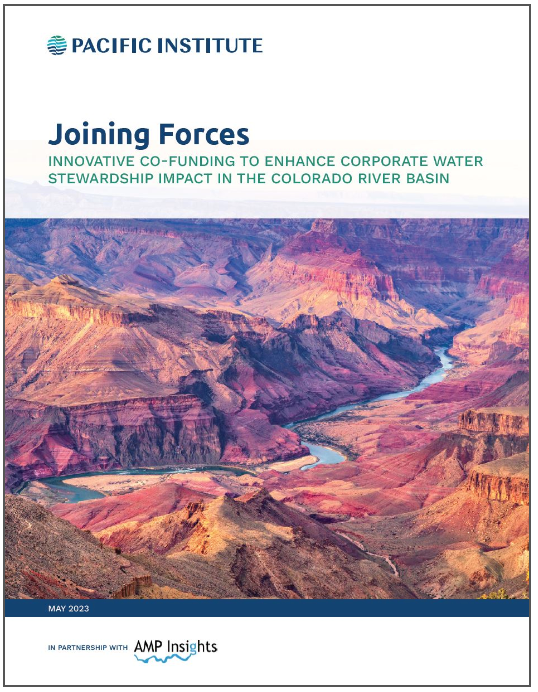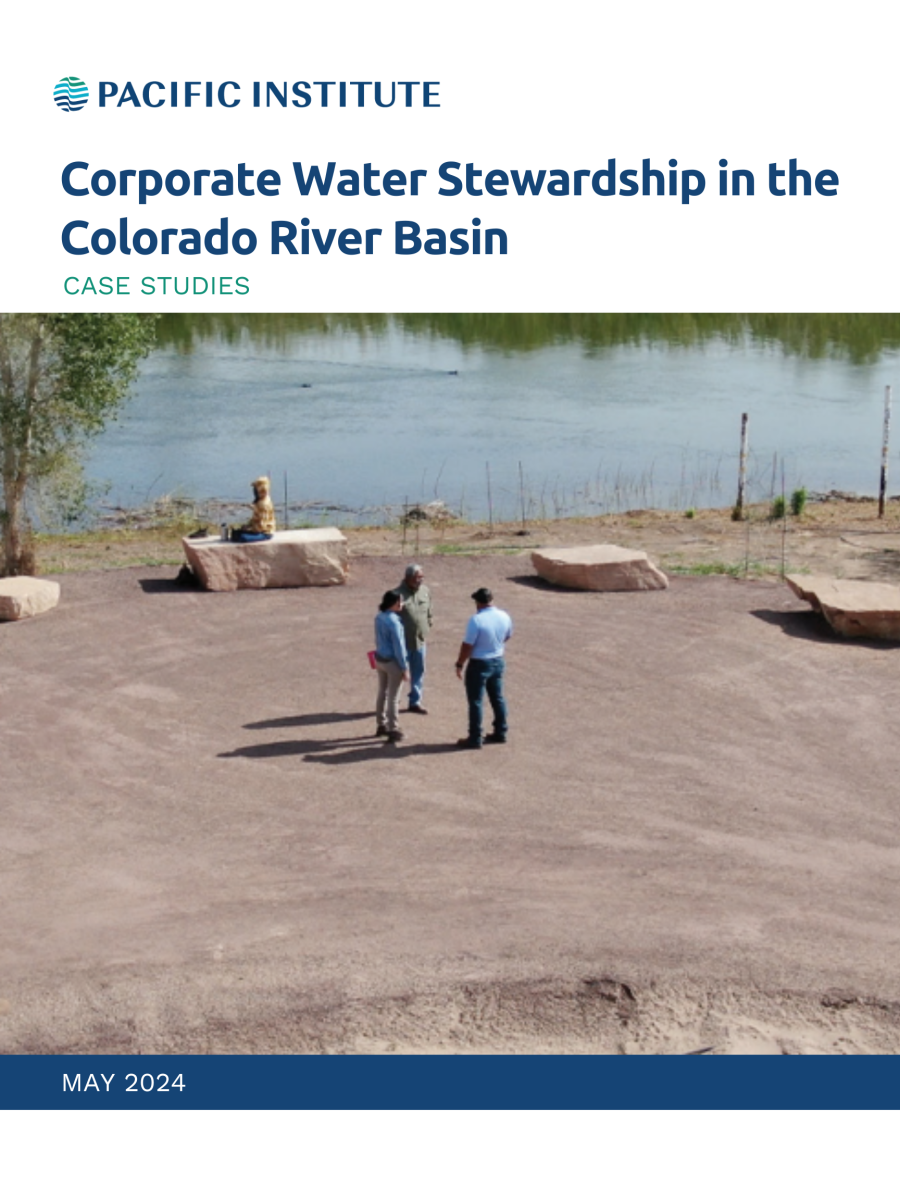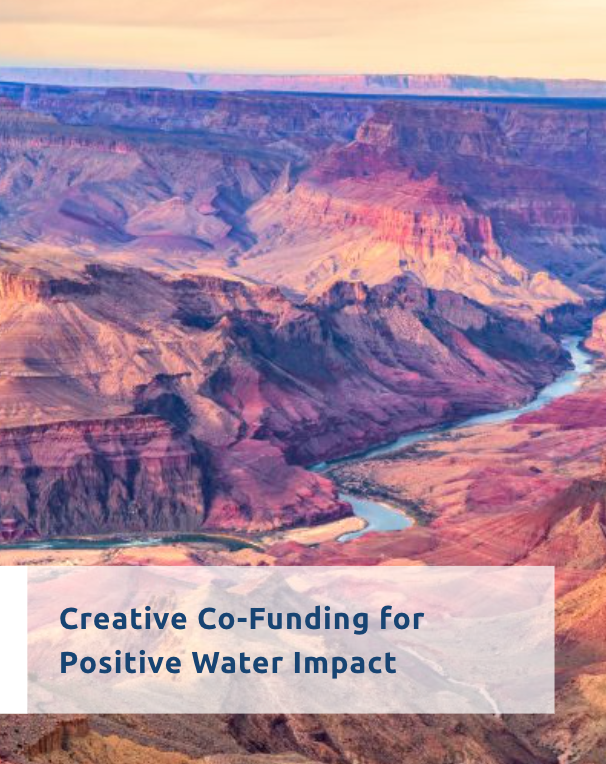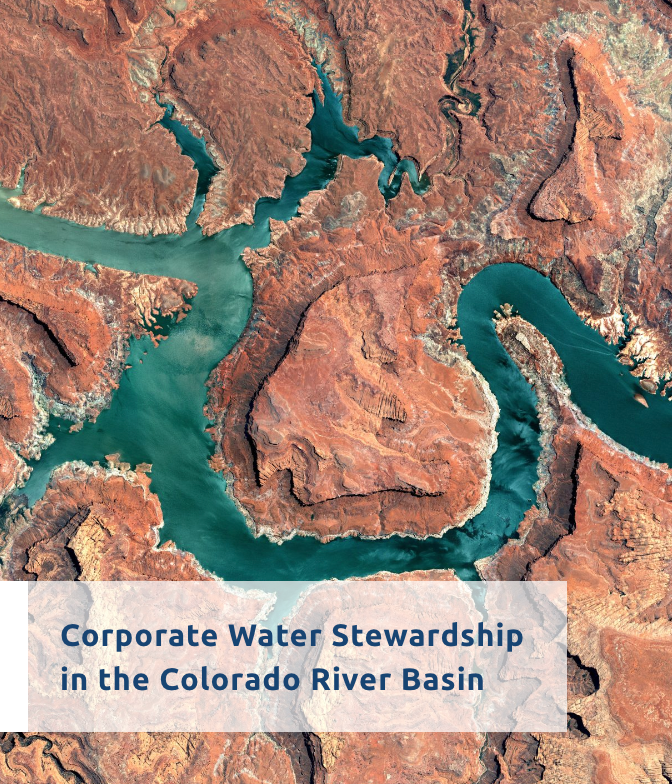The Colorado River is shared among seven US states, two Mexican states, and 30 Native American tribes, providing water for more than 35 million people and supporting farms, cities, and ecosystems.
Rising temperatures could decrease the Colorado River’s flow by 30% by 2050.
Source: Bolinger, et al., 2023: Climate Change in Colorado, 3rd edition. Colorado State University.
The 1922 Colorado River Compact, which allocates the river’s waters, commits more water than the river delivers, leading to demand exceeding supply.
Source: U.S. Bureau of Reclamation.
Project overview
The Colorado River is the lifeblood of the American West. It supports cities, farms, and ecosystems across seven US states and two in Mexico. However, the overallocation of water and climate change have exacerbated a structural deficit where more water leaves the system than enters it, at the expense of reservoirs that were nearly full at the start of the century. To advance water resilience in the Colorado River Basin (the Basin), accelerated action and investment are required from all sectors. Corporations can play a role by improving water efficiency and reuse in their operations and supply chains, and by co-funding water resilience projects. While some leading companies are engaging in corporate water stewardship (CWS) in the Basin, more is needed to meet the magnitude of the water crisis at hand. The Pacific Institute is working to advance CWS in the Basin by demonstrating the need and potential for CWS; driving greater alignment between private, public, and philanthropic water investments; and highlighting and helping to scale good practices.
Joining Forces
This report and webinar outline innovative co-funding opportunities for water projects in the Basin. The report highlights the role that corporations can play in co-funding projects that address the acute water supply limitations in the Basin. The webinar explores key themes from the report and engages with a distinguished panel of experts to discuss the opportunities and challenges around corporate investment in water projects. The report and webinar explore the potential for corporations to collaborate with various entities, including governments, philanthropists, and peer companies, in co-funding a diverse range of water-related initiatives in the Basin, such as riparian restoration, efficiency improvements, reuse projects, and the establishment of environmental flows.
“Companies have more flexibility than most funders in deploying stewardship funds and can use that to help meet the scale and urgency of need in the Colorado Basin.”
Davíd Pilz, Managing Partner, Amp Insights
Pathways and Barriers to Corporate Water Stewardship
This report outlines barriers and pathways to CWS in the Basin based on 20 stakeholder interviews. The report finds that while the Basin is considered a critical area for CWS initiatives, corporations encounter various challenges, including internal capacity limitations and insufficient data for assessing water risks. To address these challenges, corporations have expressed a strong emphasis on collective action, in addition to many other strategies outlined in the report. The Case Studies section showcases the next phase of this work, where the findings from this report were used to prioritize CWS initiatives to pilot and scale in the Basin.
Case Studies
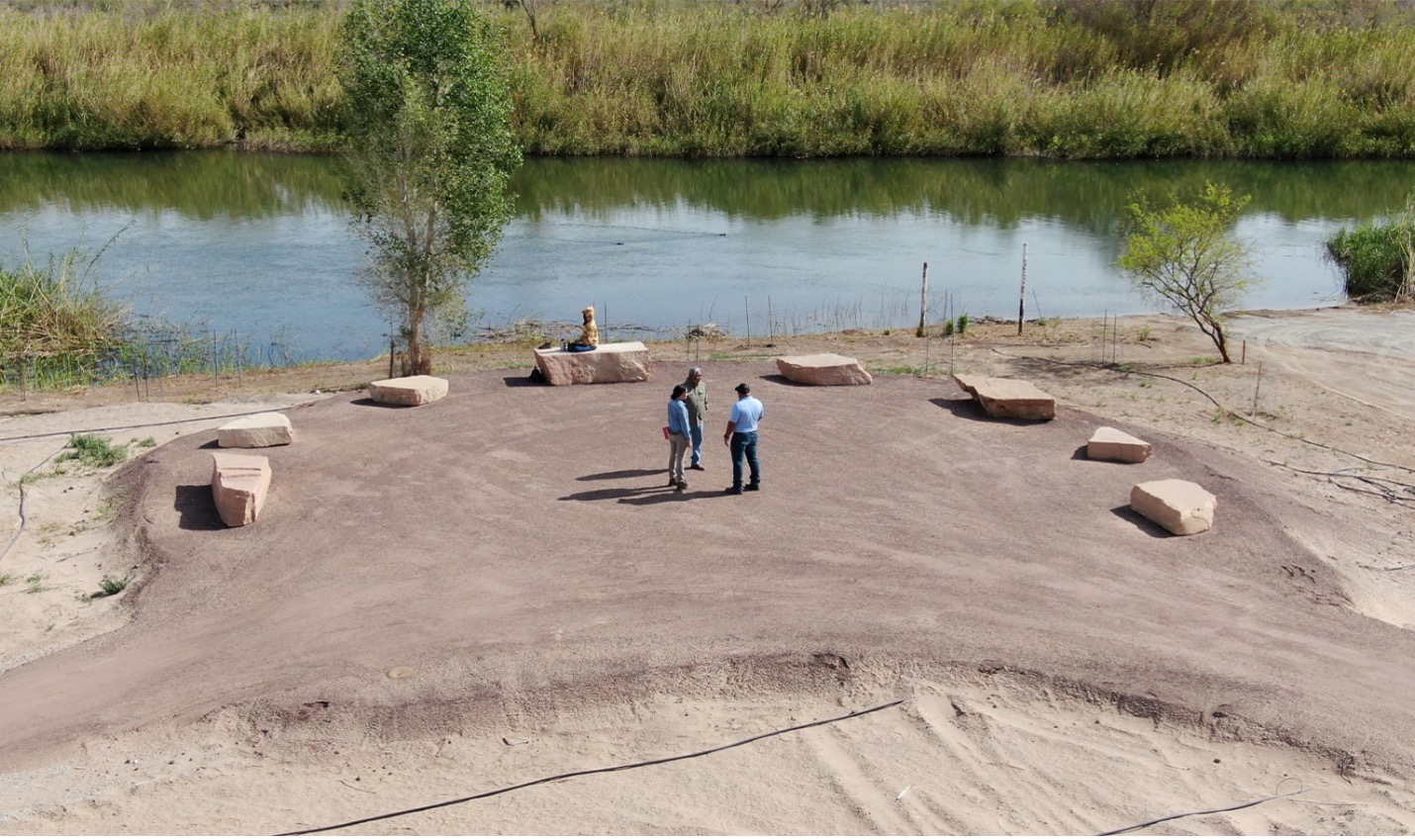
These three case studies highlight the impact that corporate co-funding can have in addressing critical water challenges in the Colorado River Basin. The case studies encompass a diverse range of initiatives: the Cocopah Colorado River Limitrophe Habitat Restoration Project, which focuses on using water rights to restore riparian habitats on the Arizona-Mexico border; the Jicarilla Apache Nation Lease Agreement, a precedent-setting collaboration in water resource management for the San Juan River; and the Toilet Leak Detection project, which addresses water waste in urban multi-family housing through innovative technology in California and Arizona. Each case exemplifies the significant role that corporate partnerships can play in water stewardship, demonstrating tangible environmental and community benefits.
“It’s clear all stakeholders must be at the table working together creatively to achieve the scale of progress needed to address the crisis facing water resources within their basin.”
Kirsten James, Senior Program Director of Water, Ceres
Other Resources
- Scaling Corporate Water Stewardship to Address Water Challenges in the Colorado River Basin
- Water to Supply the Land: Irrigated Agriculture in the Colorado River Basin
- Municipal Deliveries of Colorado River Basin Water: New Report Examines 100 Cities and AgenciesGroundwater Dynamics in the Colorado River Limitrophe
- Colorado River Shortage Proposal: Conservation Before Shortage
- Understanding Flows Through the Remnant Colorado River Delta: Recommendations for Streamgage Sites and Data Collection
- Missing Water: The Uses and Flows of Water in the Colorado River Delta Region
- Colorado River Surplus Criteria Proposal
- The Sustainable Use of Water in the Lower Colorado River Basin
- Laguna Riparian Enhancement Project
To learn more about this project contact:
Use “Corporate Water Stewardship in the Colorado River Basin” in the subject line.


